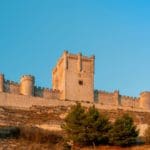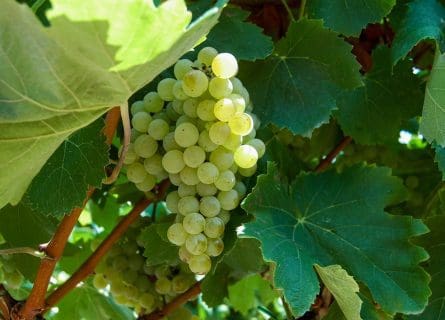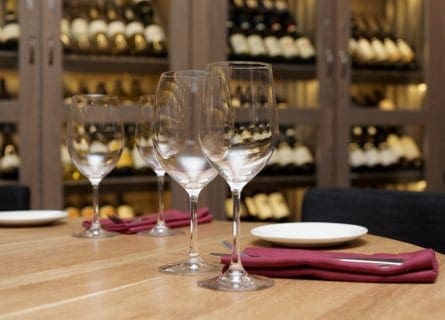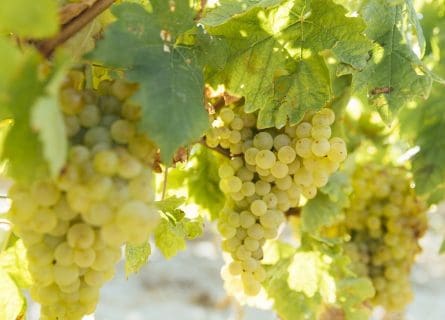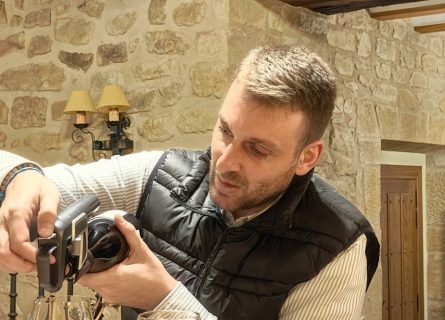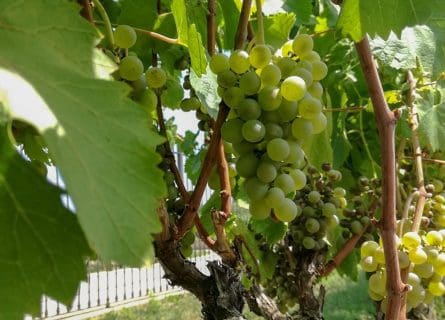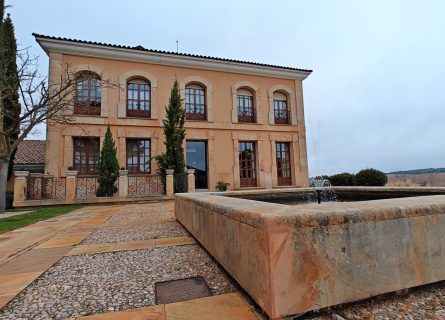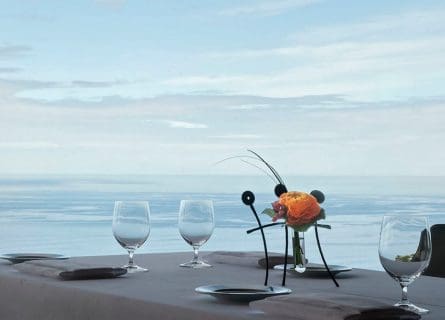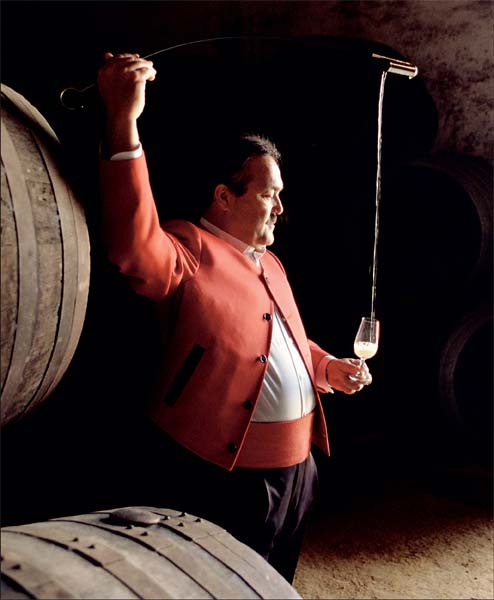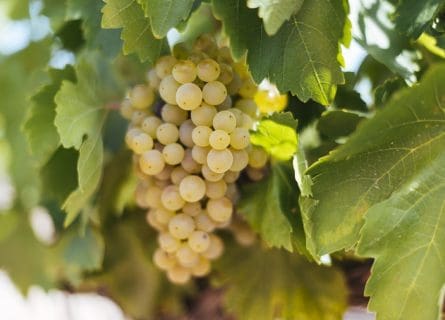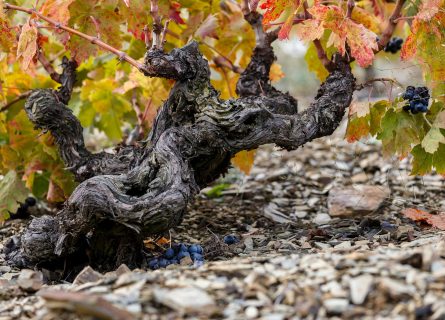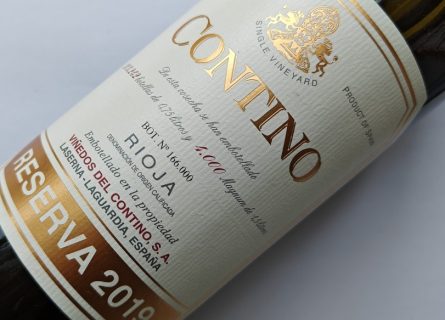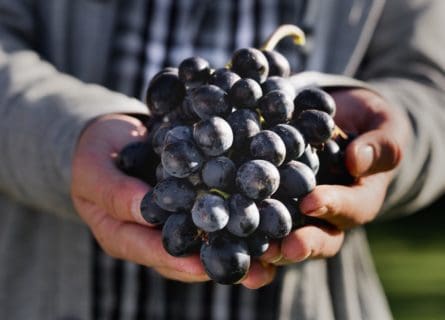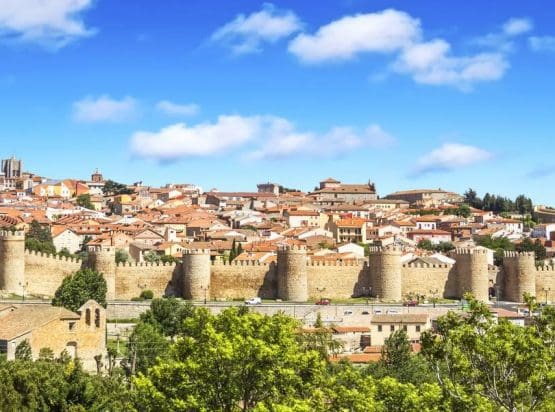
Segovia Travel Guide
Discover the secrets of a medieval wonderland in Segovia, where history and gastronomy meet
Segovia is a tremendously picturesque town in Spain’s central Castille region and is a delight for the gourmet traveler. It has one of Europe’s largest concentrations of Romanesque churches, most dating back to the 11th century. It is home to the famous Alcazar castle, which inspired Walt Disney’s Sleeping Beauty Castle and where Queen Isabel gave Columbus financial backing for his trip to discover the Americas. Two rivers border Segovia, a beautiful city full of narrow cobblestone streets. The town inhabitants have a penchant for suckling pig and full-bodied Ribera Del Duero wines, a treat in the old town’s atmospheric, traditional “Asador” restaurants. There are charming, classically Spanish streets, restaurants, and cafes. Segovia has a rich Gothic, Roman, and Romanesque architectural heritage.
In Roman and Medieval times, Segovia had great importance regarding wool production and was the strategic site of a Roman military base. Today, it is known for agriculture and tourism. In 1985, Segovia’s tourism popularity grew when it was declared by UNESCO “Heritage of Mankind.” The city is close to Madrid, a 54-mile drive, making it a comfortable and attractive tourist destination. Hidden within the mountains, this small charming town is a must-see for visitors to Spain.
-

Traditional oven for roasting Cochinillo Gastronomy & Wine
Although this city is known for its religious and cultural heritage, Segovia has another side. As in other parts of Spain, Segovia is famous for its love of the pig, cooked in a million ways. Roast suckling pig, cochinillo, is a delicacy of Segovian cuisine. Fish, cured pork, and cold sausages are some common ingredients you will find in Segovian dishes. There is a fantastic variety of sheep, goat, and traditional cow’s milk cheeses. A significant part of Segovian gastronomy is the use of mushrooms in dishes. Segovia is known for Black Truffles and has one of Spain’s most highly regarded regions for its gastronomy. The usual array of oddities, such as frog legs, escargot, dried beef, and horse meat, will appear on the menus and are worth a try if you dare.
A deep-rooted wine tradition in Castilla y Leon dates back centuries. As a result, various grapes are cultivated along the Duero River. Still, the only ones allowed in the prestigious Ribera del Duero appellation are Tempranillo (called Tinta del Pais locally, red) and Albillo (a neutral white grape long out of fashion). Tinta del Pais is grown along with Verdejo, Mencia, and Prieto Picudo grape varieties in other wine regions, such as Rueda and Toro. The climate is arid and windy, with cold winters creating a sound environment for Tempranillo and local grape varieties. As a result, aromatic, very fruity red wines are the main success of this area.
Guide To Castilla y León Gastronomy: See more
Nearby Wine Regions
-
 Uncover the captivating wine region of Castilla y León, where tradition meets innovation. Explore heritage, flavors, and vineyards. Plan your trip now! Read more
Uncover the captivating wine region of Castilla y León, where tradition meets innovation. Explore heritage, flavors, and vineyards. Plan your trip now! Read more -
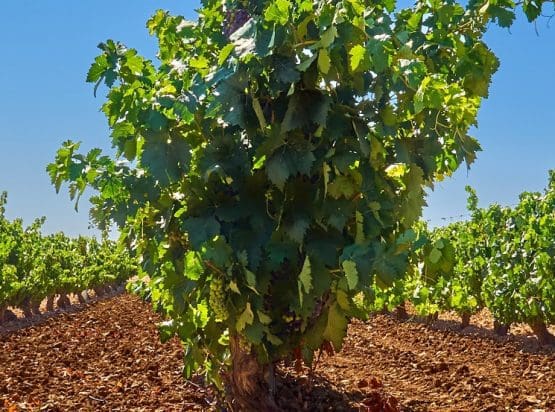 Uncover Cigales' exceptional wines, surrounded by famous vineyards. Explore age-worthy reds and impressive terroir in this trendy appellation. Plan your trip today! Read more
Uncover Cigales' exceptional wines, surrounded by famous vineyards. Explore age-worthy reds and impressive terroir in this trendy appellation. Plan your trip today! Read more -
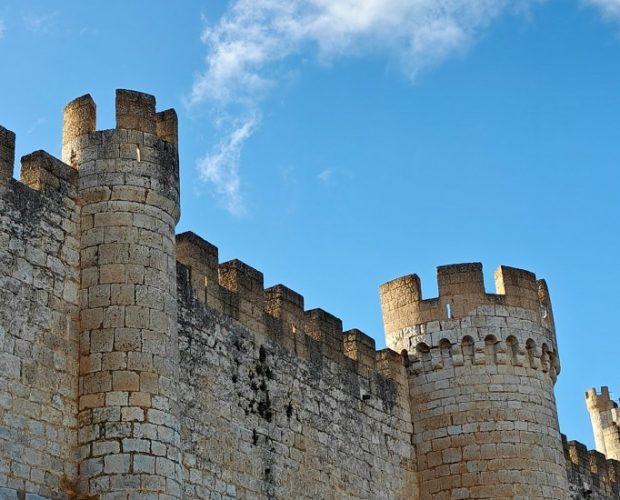 Discover the exquisite flavors of the Ribera Del Duero Wine Region—experience renowned Spanish wines with rich heritage & exceptional quality. Explore now! Read more
Discover the exquisite flavors of the Ribera Del Duero Wine Region—experience renowned Spanish wines with rich heritage & exceptional quality. Explore now! Read more -
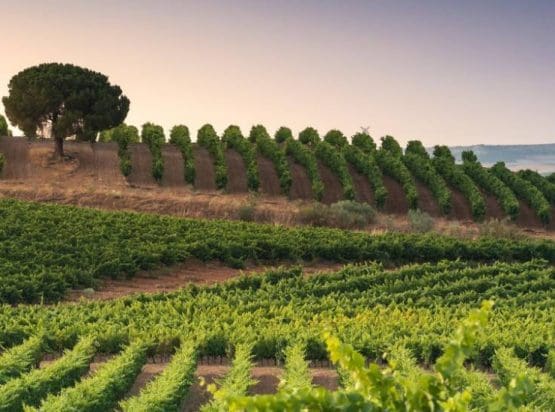 Discover the captivating flavors of Rueda wines with our comprehensive guide. Explore vineyards, wineries, and tasting notes for an unforgettable trip! Read more
Discover the captivating flavors of Rueda wines with our comprehensive guide. Explore vineyards, wineries, and tasting notes for an unforgettable trip! Read more
Highlights
-
Restaurante Jose Maria
In the heart of Segovia, a Cellar Tours favorite, Restaurante Jose Maria, has been serving traditional Castilian cuisine since 1982. This iconic restaurant, renowned for its succulent roasted meats and historic ambiance, has become a destination for food lovers from all over the world. The meats here are a true masterpiece, from the succulent cochinillo to the melt-in-your-mouth lechazo, washed down with top-notch wines from the proprietor’s vineyard. With its attentive service and dedication to quality ingredients, Restaurante Jose Maria is a must-visit for anyone seeking an authentic taste of Segovia.
-
Alcazar
In the western part of the city lies a magnificent castle that rises above the city. It houses an armor museum, including a tour through the old decorated rooms of the castle and a spectacular view from the top tower that can’t be missed. The present building was constructed in 1862 after a fire.
-
Cathedral
This cathedral dates back to 1525 and is the last Gothic church built in Spain. It was built to replace the one destroyed during a revolt; the cloister is the only surviving piece of the old cathedral. Flying buttresses and silhouettes surround the cathedral with a magnificent vaulted interior.
-
Aqueduct
This aqueduct is over 2,000 years old and was initially built by Roman settlers, who historically used Segovia as a military base. As a result, it is the largest and most well-preserved of any in Europe. It comprises 20,400 stone blocks, no top covering, or an ounce of mortar. As a result, the aqueduct is one of the most impressive in Europe.
-
Casa de los Picos
Casa de Los Picos is an ancient Jewish home that has been converted into a museum. Legend has it that the new owners put the pyramid-like peaks as tiles sticking out of the edifice to ward off the evil spirits and the idea that the Jews may have left in the building.
Recommended for you
More information
If you would like us to customize an exclusive luxury tour, contact us and let us know your travel plans. We offer luxury food and wine tours for private groups of a minimum two guests. In addition, all of our private, chauffeured tours are available year-round upon request.

